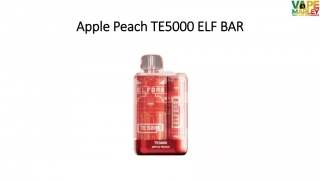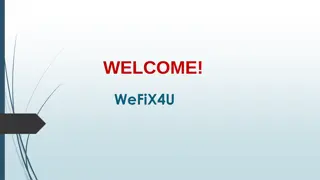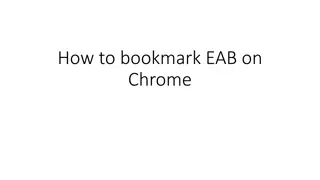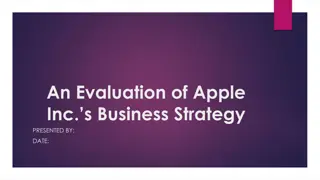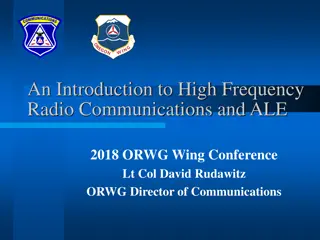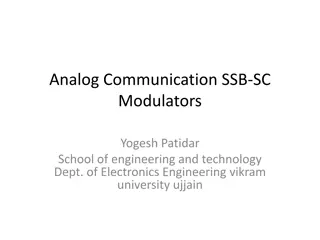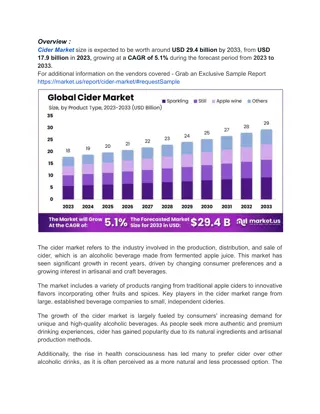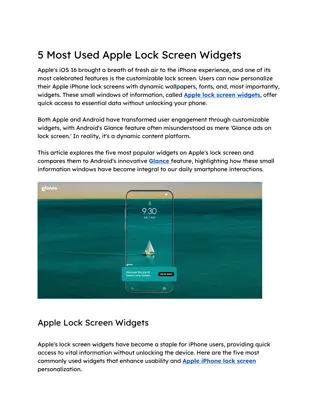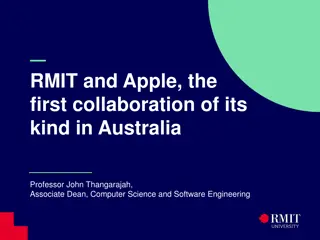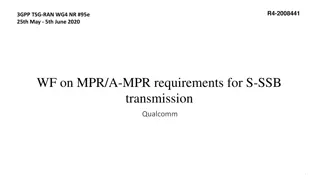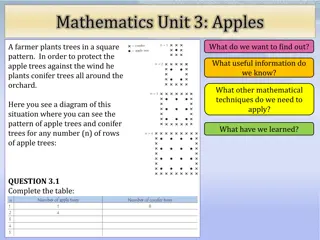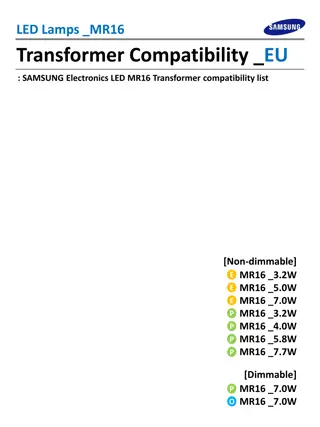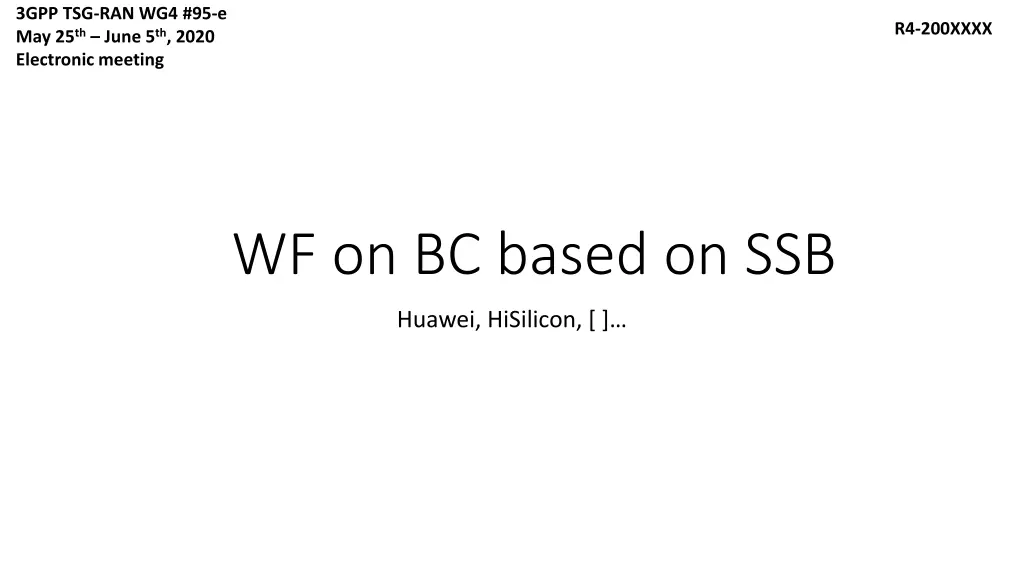
Beam Correspondence Requirement Based on SSB for 3GPP TSG-RAN Meeting
Explore the discussion on beam correspondence requirements based on SSB-only scenarios in the context of 3GPP TSG-RAN electronic meeting. Various alternatives and considerations are presented regarding performance relaxation, UE beam refinement, and peak direction applicability rules. Key players such as Huawei, Qualcomm, Apple, and others contribute to the discourse.
Download Presentation

Please find below an Image/Link to download the presentation.
The content on the website is provided AS IS for your information and personal use only. It may not be sold, licensed, or shared on other websites without obtaining consent from the author. If you encounter any issues during the download, it is possible that the publisher has removed the file from their server.
You are allowed to download the files provided on this website for personal or commercial use, subject to the condition that they are used lawfully. All files are the property of their respective owners.
The content on the website is provided AS IS for your information and personal use only. It may not be sold, licensed, or shared on other websites without obtaining consent from the author.
E N D
Presentation Transcript
3GPP TSG-RAN WG4 #95-e May 25th June 5th, 2020 Electronic meeting R4-200XXXX WF on BC based on SSB Huawei, HiSilicon, [ ]
WF1: Beam correspondence requirement based on SSB-only Whether and how much performance relaxation, p, relative to the condition which assumes both SSB and CSI-RS are present, is necessary Alt 1: p = 0 dB (LGE, Qualcomm, NTT DOCOMO, Samsung, Nokia, Sony, OPPO, Ericsson, [Intel]) Will have impact on SSB searching efficiency Alt 2: 0 < p 3 dB (Futurewei, Huawei, Apple) Note for discussion A common understanding has emerged that it is up to UE implementation how to refine the UE beam based on SSB, with one company providing an example algorithm of hierarchical beam refinement. Other companies have argued that this implementation choice is not required by the specification. Based on this common understanding, and appreciating the detailed description of a possible UE implementation provided to Issue 1-1-5 in [1] by one company, it is FFS whether an LS to RAN1 and also a check with RAN4 RRM session is needed to determine the feasibility of the assumption on up to UE implementation how to refine the UE beam based on SSB, with one company providing an example algorithm of hierarchical beam refinement and whether it is capable of meeting RRM requirements on L1-SINR reporting. Further note for consideration: the network must be able to rely on SSB-only beam correspondence. If p = 0 dB cannot be agreed: an Msg.1 EIRP requirement must be met separately. This should be established before any discussion on test case applicability.
WF2: Applicability rule for peak direction Applicability rule for peak direction: Alt 1: Applicable for both p = 0 dB and p > 0 restrict the side condition applicability only to the Rel-16 beam correspondence enhancement, and all of the remaining FR2 RF requirements in Rel-16 shall continue to be defined based on the Rel-15 side conditions (i.e. both SSB and CSI-RS signals are present during beam peak search and spherical coverage measurements). Alt 2: Applicable for both p = 0 dB and p > 0 If a UE meets beam correspondence requirements either based on SSB or based on CSI-RS, it is considered to have met the beam correspondence requirements based on SSB and CSI-RS. If a UE meets beam correspondence requirements based on SSB, it is considered to have met the beam correspondence requirements based on CSI-RS. The single beam peak direction for other UL tests shall be determined by the single Rel-16 BC which is to be tested according to applicability rule Alt 3: Applicable for both p = 0 dB If UE support eBC in Rel-16 and passes the requirements, then the BC requirement in Rel-15 will be skipped Alt 4: Applicable for both p = 0 dB and p > 0 Tx requirements other than BC only need to be tested once, regardless whether Rel-16 BC is same to Rel-15 BC or not. For UEs supporting Rel-16 BC, all other Tx requirements is tested with beam peak or TRP derived by Rel-16 BC and skip Rel-15 tests if beam correspondence requirements are same for Rel-16 and Rel-15, otherwise, only test with beam peak or TRP derived by Rel-15 BC. Alt 5: No separate consideration necessary. Beam peak direction will automatically be determined from test skipping (or hierarchy) rules. If the UE supports multiple variants of BC, it is assumed the UE can meet all its requirements with any of the associated side conditions. Note for discussion: Alt3 and Alt4 are in the same principle, Alt4 provide how to handle with p > 0
WF 3: Test case applicability Further refinement of the agreement Rel-15 BC test is declared automatically passed if a UE passes Rel-16 BC test using the same SSB configuration and SNR as in Rel-15 in WF R4-2005735 Alt 1 If RAN4 agrees to introduce beam correspondence based on SSB with relaxation, Rel-15 tests cannot be skipped since the performance is different between Rel-15 and Rel-16. Potential test case reduction techniques can be further discussed If no relaxation is defined, Rel-16 BC can only be declared by UE with bit 1 in Rel-15, otherwise, Rel-16 BC and Rel-15 BC are independent capability can be declared by both bit 0 and bit 1 UE. Alt 2 If a UE meets beam correspondence requirements either based on SSB or based on CSI-RS, it is considered to have met the beam correspondence requirements based on SSB and CSI-RS. If a UE meets beam correspondence requirements based on SSB, it is considered to have met the beam correspondence requirements based on CSI-RS. Alt 3 If a UE meets a Rel-16 beam correspondence requirement without relaxation, then it automatically meets Rel-15 BC requirement For a UE capable of Rel-16 BC, all UL tests requiring MOP condition are conducted based on the Rel-16 RS-set it declares support for. If the UE supports both types of RS-sets for Rel-16 BC, one UL representative test (e.g. min peak EIRP testing) using the second RS set is additionally conducted. Choice of beam peak is determined from first set RS. It is up to RAN5 which RS is first and which is second . If the UE supports multiple variants of BC, it is assumed the UE can meet all its requirements with any of the associated side conditions.
WF 4: SSB periodicity SSB periodicity Alt 1: RAN4 revisits the SSB periodicity =20ms for SSB based BC. Suggest SSB periodicity = 5ms to reduce the test time in RRC connected mode Keep SSB periodicity =20ms for SSB based BC, which reflects the real network configuration. One of the purposes of conformance testing.
Reference [1] R4-2008952, email discussion summary on NR FR2 UE RF part 2 , Apple

